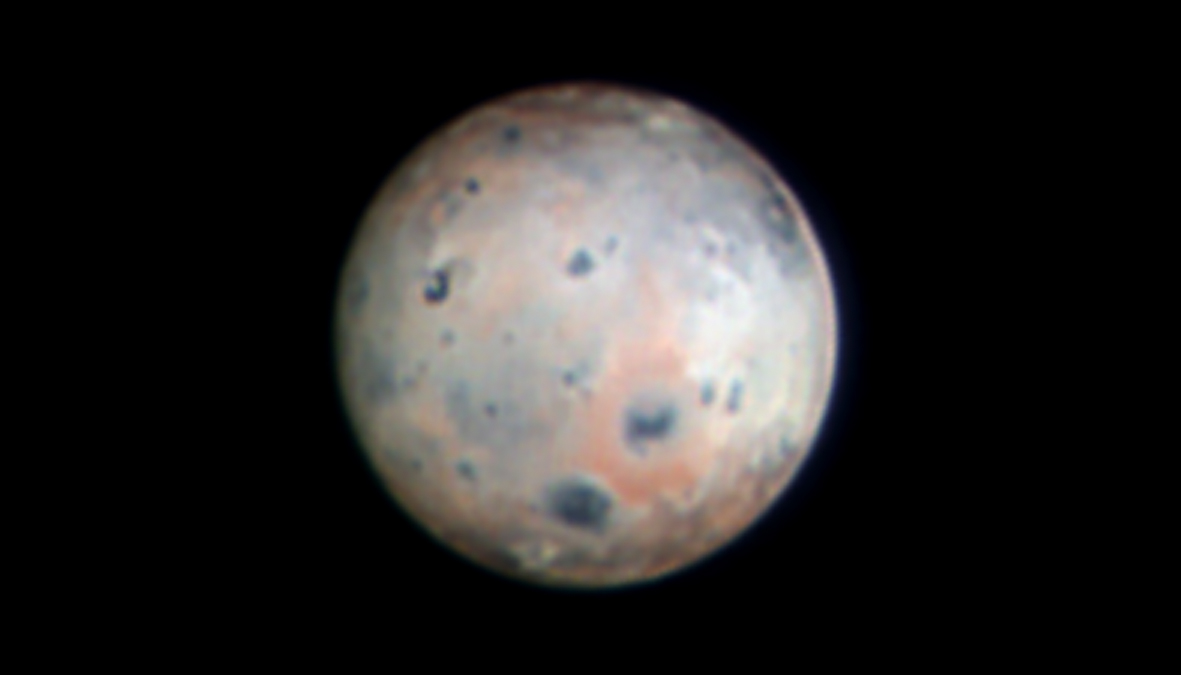2024-05-30 カリフォルニア大学リバーサイド校(UCR)
◆リウ・ハイズー教授のチームは、塩分が高い廃水中の塩がPFASを破壊する触媒として働くプロセスを発見しました。このプロセスは短波長紫外線を使用し、効果的かつ迅速にPFASを分解します。新技術はイオン交換や逆浸透膜処理で発生するPFASを含む塩水を処理するために活用され、幅広い水処理施設に利益をもたらします。
<関連情報>
- https://news.ucr.edu/articles/2024/05/30/forever-chemical-discovery-can-aid-drinking-water-cleanups
- https://pubs.acs.org/doi/10.1021/acs.est.3c10552
水素調整185nm UV光分解による食塩水中のパーフルオロカルボン酸塩(PFCAs)のほぼ完全な破壊に対する塩化物と硫酸塩の促進効果: 機構と速度論 Promotive Effects of Chloride and Sulfate on the Near-Complete Destruction of Perfluorocarboxylates (PFCAs) in Brine via Hydrogen-tuned 185-nm UV Photolysis: Mechanisms and Kinetics
Sitao Liu, Gongde Chen, Qingyang Shi, Jay Gan, Bosen Jin, Yujie Men, and Haizhou Liu
Environmental Science & Technology Published:May 29, 2024
DOI:https://doi.org/10.1021/acs.est.3c10552
Abstract

Hydrogen-tuned 185 nm vacuum ultraviolet (VUV/H2) photolysis is an emerging technology to destroy per- and polyfluoroalkyl substance (PFAS) in brine. This study discovered the promotive effects of two major brine anions, i.e., chloride and sulfate in VUV/H2 photolysis on the hydrated electron (eaq–) generation and perfluorocarboxylates (PFCAs) destruction and established a kinetics model to elucidate the promotive effects on the steady-state concentration of eaq– ([eaq–]ss). Results showed that VUV/H2 achieved near-complete defluorination of perfluorooctanoic acid (PFOA) in the presence of up to 1000 mM chloride or sulfate at pH 12. The defluorination rate constant (kdeF) of PFOA peaked with a chloride concentration at 100 mM and with a sulfate concentration at 500 mM. The promotive effects of chloride and sulfate were attributed to an enhanced generation of eaq– via their direct VUV photolysis and conversion of additionally generated hydroxyl radical to eaq– by H2, which was supported by a linear correlation between the predicted [eaq–]ss and experimentally observed kdeF. The kdeF value increased from pH 9 to 12, which was attributed to the speciation of the H·/eaq– pair. Furthermore, the VUV system achieved >95% defluorination and ≥99% parent compound degradation of a concentrated PFCAs mixture in a synthetic brine, without generating any toxic perchlorate or chlorate.



